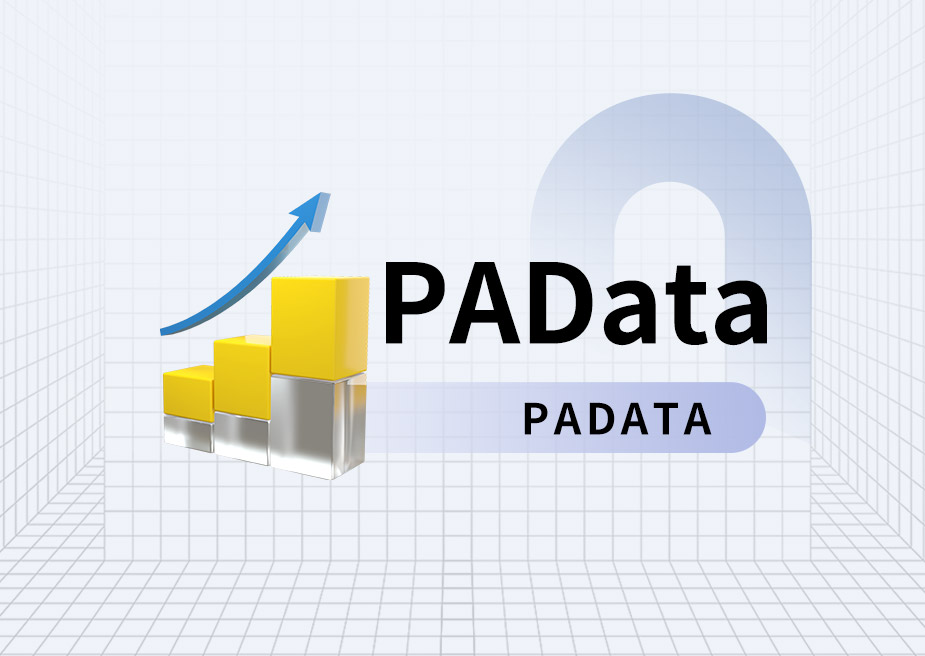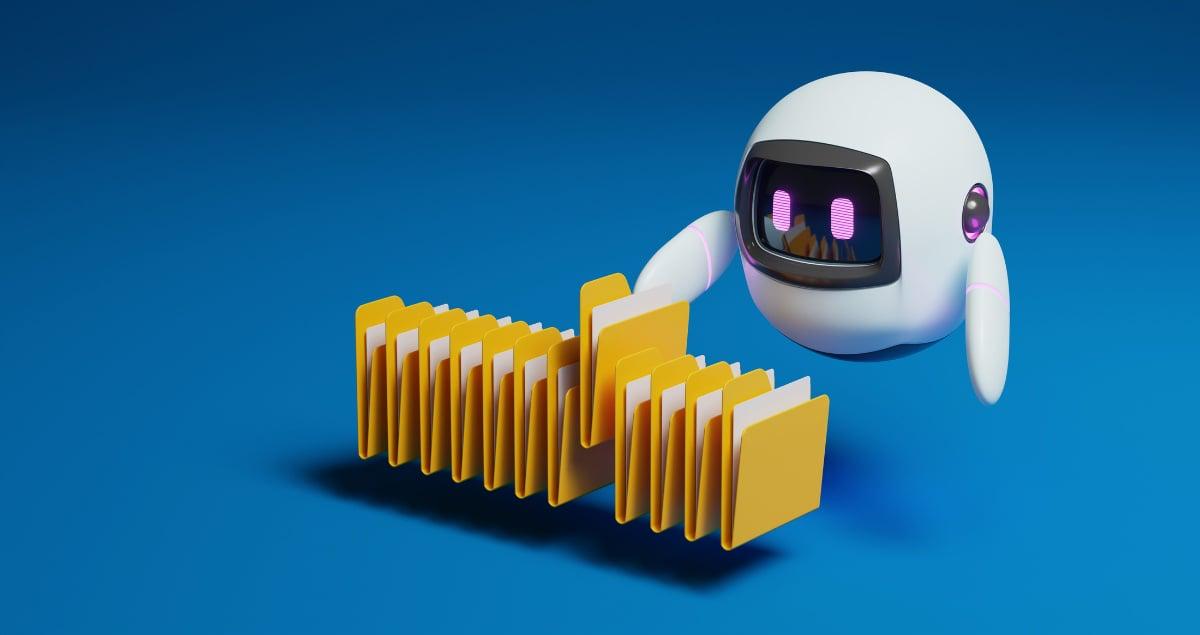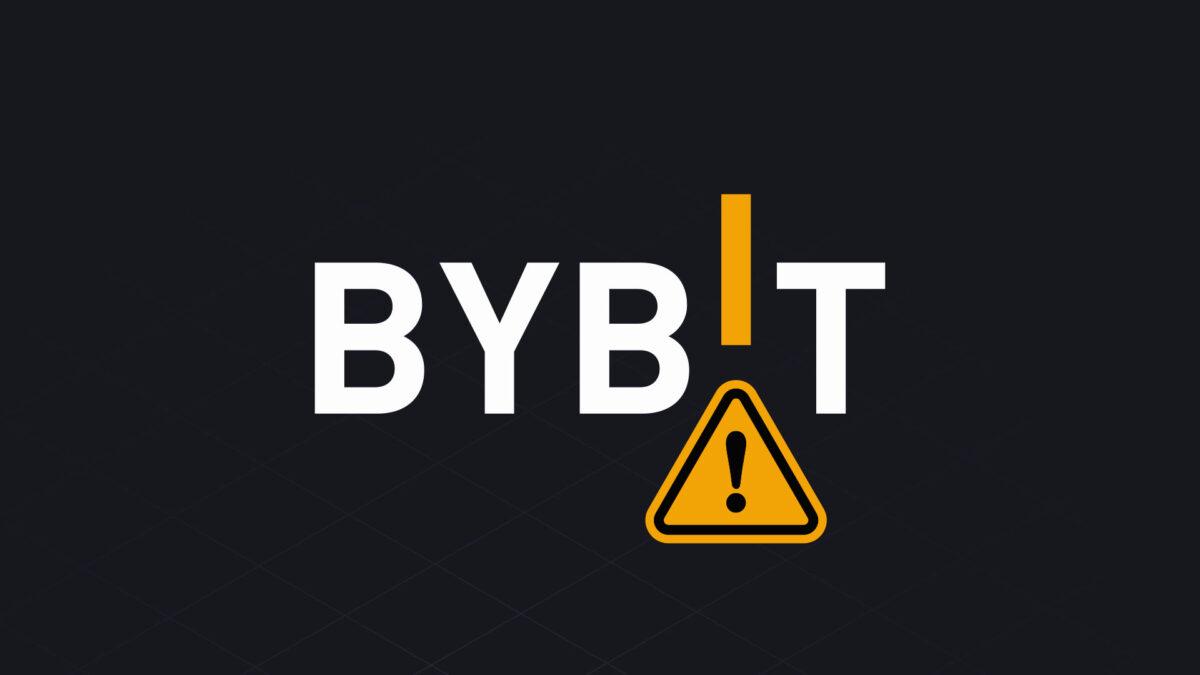作者:KarenZ,Foresight News
在 L1 和 L2 系统中,尽管验证器内部的计算能力日益强大,但带宽的局限性和验证节点间通信延迟的不稳定性,依然成为制约其性能进一步飞跃的枷锁。
DoubleZero 协议正是为了打破这一困境,通过优化数据流、增加带宽、减少延迟,构建一个高性能、无需许可的去中心化网络框架,为分布式系统的未来发展开辟新径。
DoubleZero 是什么?
根据官方描述,DoubleZero 并非 L1 或 L2,而是被定义为 N1(Network 1),一个用于创建和管理高性能无需许可网络的去中心化框架。DoubleZero 的目标是提供一种基础设施层,加速高性能分布式系统中的通信,以增加带宽并减少延迟。
DoubleZero 协议通过整合个人和组织贡献的光纤链路(fiber links),构建成同步网络,来高效过滤 spam,增加带宽,降低延迟,并消除通信中的不稳定因素。
DoubleZero 由 Austin Federa、Andrew McConnell 和 Mateo Ward 创建,并得到了两个核心贡献者团队 Firedancer 和 Malbec Labs 的支持。其中,Austin Federa 原本是 Solana 基金会战略负责人,在本月辞职创立 DoubleZero,并担任 DoubleZero 基金会首席运营官。
Andrew McConnell 是 Malbec Labs 的联合创始人兼 CTO。Malbec Labs 致力于开源协议的软件开发、硬件加速和网络工程。另外,Mysten Labs 原数据科学负责人 Nihar Shah 也离职加入 DoubleZero 担任首席经济学家,Nihar Shah 此前还任职于 Jump Crypto 以及 Meta(Libra/Diem)。
另一个核心贡献者团队 Firedancer 是由 Jump Crypto 构建的 Solana 独立验证器客户端,Firedancer 设计初衷在于消除单点故障隐患,增强网络的整体稳健性和坚韧性。与原有基于 Rust 的验证器不同,Firedancer 采用 C 语言编写,不包含 Rust 代码,这一选择显著降低了潜在漏洞对整个网络的影响,为 Solana 的安全性提供了有力保障。
根据 Lightspeed 播客,在今年的 Solana Breakpoint 大会上,以 100 万 TPS 速度运行的 Firedancer 演示就是运行在 DoubleZero 之上。
Firedancer 之所以能够将 Solana 网络的性能提升至 100 万 TPS(当前协议级别的限制将性能限制在 81,000 TPS 左右),关键在于其创新的架构设计和数据流优化。
值得一提的是,DoubleZero 的目标与 Solana 的整体理念高度契合,Solana 官方及其联合创始人 Toly(Anatoly Yakovenko)在推特上多次强调「增加带宽、减少延迟」,这与 DoubleZero 的追求不谋而合。
DoubleZero 怎样运行?
根据白皮书,DoubleZero 网络可以为区块链系统带来了两大显著提升:一是通过专用硬件预先过滤传入交易,删除 spam 和重复交易,有效减轻验证者的负担。这使得区块链可以从共享的系统范围的过滤资源中受益,而不需要每个单独的验证器提供足够的资源;二是实现传出消息的明确路由、追踪和优先级确定,以提高通信效率。
在网络架构上,DoubleZero 巧妙地分为外部进出环和内部数据流环,其中,前者处理外部接口和安全,后者优化内部通信。具体来说,外环与公共互联网连接(下图外圈),这里使用硬件(如 FPGA)来减轻分布式拒绝服务攻击、验证签名以及过滤重复交易。内部数据流环上的服务器通过最优路由的专用带宽线路对这些经过过滤的流量进行共识构建。

从 DoubleZero 网络架构可以看出其关键组件,包括网络关键进 / 出口的网络设备和跨网络配置的带宽。其中,这些网络设备使个人和组织贡献的数据链路能够作为一个具有优先级的网络来运行,然后实施过滤、验证和 spam 防护。而
DoubleZero 网络上的光纤链路提供不同地点之间的低延迟高带宽连接。网络贡献者将拥有或者租赁的闲置光纤链路添加到网络当中,并为每个链路签订服务级别协议(包括端点位置、带宽、延迟和合规的 MTU 大小)。
也因此,DoubleZero 将自己视作是一个 N1——中立且高性能的物理基础设施的基础层。在这个 N1 上,可以构建分布式系统和应用程序(例如 N2 或其他)。

DoubleZero 在白皮书中指出,DoubleZero 网络可用于优化任何分布式系统。L1、L2、RPC 节点以及 MEV 系统都可以加入进来,来减轻验证者负担、减轻分布式拒绝服务攻击和提升性能等,并从增加带宽和减少延迟中受益。此外,DoubleZero 的网络架构还可以被应用于在线游戏、需要高带宽连接的大型语言模型训练以及其他需要低延迟和高带宽的分布式系统。按照 DoubleZero 的设想,DoubleZero 协议更是带宽与通信领域的一种新型经济模式。
比如,在供应端,私营企业可以将他们从电信运营商或网络服务提供商处购买或租赁的闲置光纤链路投入到 DoubleZero 系统,开辟新的收入来源。而在用户与运营商层面,DoubleZero 允许分布式系统能够享受私有网络的优势,而无需依赖集中式系统或长期合同。
总体而言,DoubleZero 协议能够匹配供应商与用户之间的需求,通过贡献和利用闲置光纤链路帮助实现互利共赢,还将个体和组织的贡献整合为一个统一的、强健的且可扩展性强的全球网络。







